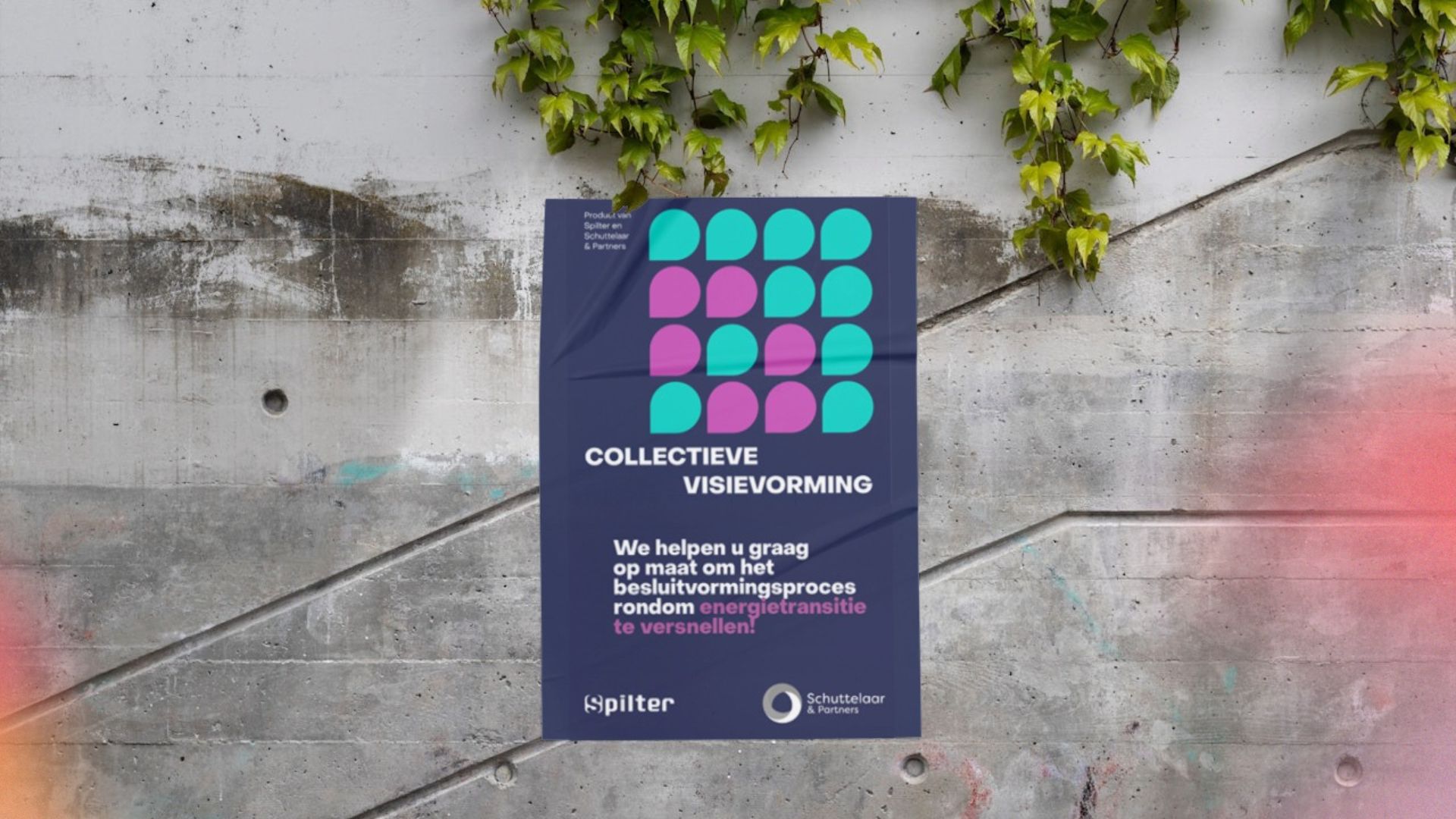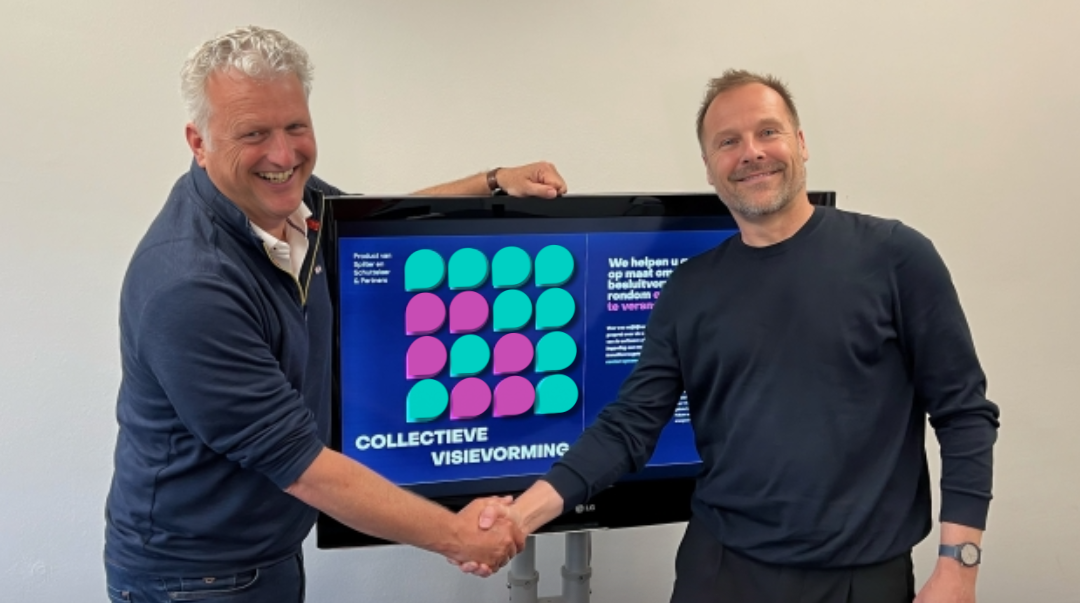
Energietransitie als maatschappelijk vraagstuk
De energietransitie, die de overgang van niet-hernieuwbare naar hernieuwbare en duurzame energiebronnen beoogt, is niet alleen een technologische revolutie, maar vooral ook een sociaal vraagstuk. Het raakt de vezels van onze samenleving. Er spelen op dit onderwerp namelijk meerdere belangrijke thema’s, die even complex als cruciaal zijn.





